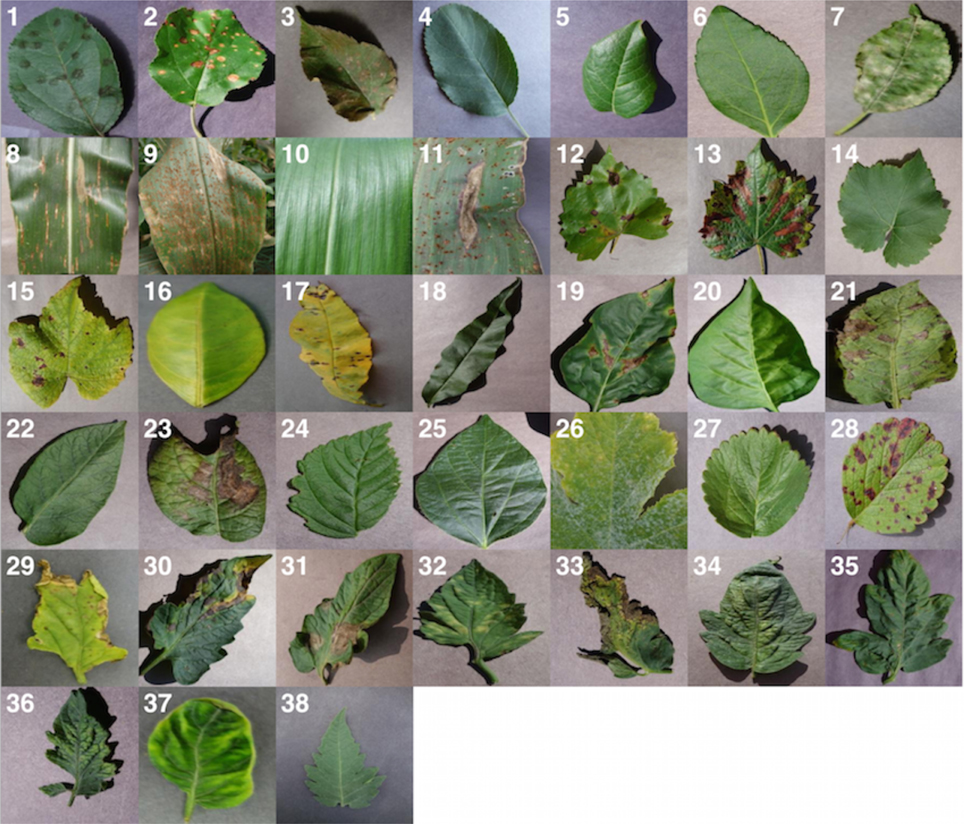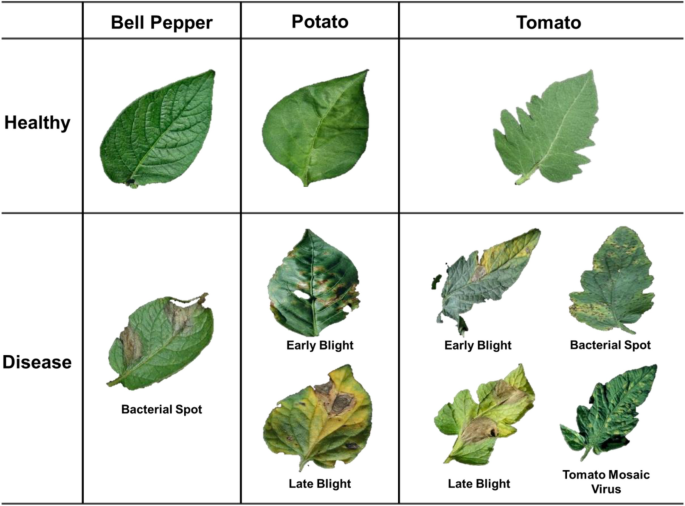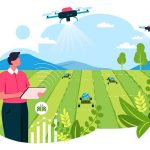Imagine a world where you can identify crop diseases with just a snap of your smartphone camera. No more guessing games or waiting for experts.
With image recognition technology, this is no longer a distant dream but a reality that’s transforming agriculture. You’re about to discover how this cutting-edge tool can revolutionize the way you manage your crops. Say goodbye to the frustration of unexpected crop losses and hello to healthier, more robust yields.
Dive into this article to uncover how image recognition is not just a tool, but a game-changer in safeguarding your crops and securing your agricultural success. Ready to empower your farming with technology? Let’s get started.
Advancements In Image Recognition Technology
Image recognition technology has seen significant growth in recent years. These advancements are vital in agriculture, especially in identifying crop diseases. Farmers now have powerful tools to protect their crops. This technology uses artificial intelligence to analyze images. It can detect early signs of disease. Early detection is crucial for saving crops and reducing loss. Let’s explore the recent advancements in image recognition technology.
Enhanced Algorithms For Better Accuracy
Developers have refined algorithms to improve accuracy. These algorithms can distinguish between healthy and diseased plants. They learn from vast amounts of data. This learning helps them make precise identifications. Farmers can trust these systems for reliable results. Accurate identification means better crop management.
Integration With Mobile Applications
Mobile apps now use image recognition technology. Farmers can capture images of their crops. The apps analyze these images instantly. They provide immediate feedback on any detected issues. This accessibility helps farmers make quick decisions. Mobile integration makes this technology more user-friendly.
Use Of Cloud Computing
Cloud computing enhances the capabilities of image recognition. It allows for processing large datasets. This processing power aids in developing more sophisticated models. Farmers can access information from anywhere. Cloud-based solutions offer scalability. They can handle the growing needs of modern agriculture.
Improved Image Sensors
New image sensors capture clearer, more detailed images. High-quality images are essential for accurate analysis. These sensors work well in various lighting conditions. They help in capturing the true state of crops. Better sensors lead to better disease detection.

Applications In Agriculture
In the realm of agriculture, the application of image recognition technology has emerged as a game-changer. With the ability to swiftly identify crop diseases, it empowers farmers to enhance productivity and reduce losses. But how exactly does this technology serve the agricultural sector? Let’s dive into its applications.
Enhancing Crop Health Monitoring
Imagine you’re a farmer constantly worried about the health of your crops. Image recognition offers a solution that transforms this concern into proactive monitoring. By employing cameras and software, you can detect diseases early, enabling timely intervention. This not only saves your crops but also cuts down on unnecessary pesticide use.
Improving Precision Agriculture
Precision agriculture is all about using technology to improve the efficiency of farming practices. With image recognition, you can pinpoint affected areas in a field rather than treating it as a whole. This targeted approach conserves resources and maximizes output. You’re not just farming; you’re farming smart.
Reducing Crop Loss
Crop loss is a nightmare for any farmer. Image recognition assists in identifying diseases before they wreak havoc. Early detection means you can take corrective measures to save your yield. Think of it as having a vigilant guardian for your crops, ensuring that they remain healthy and productive.
Facilitating Research And Development
Beyond the fields, image recognition plays a vital role in research and development. Researchers can analyze vast amounts of data to study disease patterns and develop resistant crop varieties. This contributes to the long-term sustainability of agriculture, benefiting not just individual farmers, but the industry as a whole.
Encouraging Collaborative Farming Practices
With data at your fingertips, collaborative farming becomes more efficient. Farmers can share insights on disease management, leading to collective problem-solving and innovation. It fosters a community of knowledge where everyone benefits from shared experiences and data-driven decisions.
Have you ever considered how technology like image recognition could change your farming practices? As you ponder this, think about the untapped potential it holds for transforming agriculture into a more efficient and sustainable industry.
Benefits For Farmers
Image recognition technology brings great advantages to farmers. Identifying crop diseases early can save entire harvests. This technology provides several benefits that help farmers in their daily tasks.
Cost-effective Solutions
Farmers can save money by using image recognition. It reduces the need for constant expert consultations. Farmers can use their smartphones to analyze plant conditions.
Time-saving Measures
Traditional disease identification takes time. Image recognition speeds up this process. Farmers receive instant feedback about their crops.
Improved Crop Yields
Early detection of diseases leads to better crop health. Healthy crops result in higher yields. Farmers can sell more produce and increase their income.
Reduced Chemical Use
Accurate disease detection means fewer unnecessary chemicals. Farmers can apply treatments only where needed. This leads to safer and healthier produce.
Better Decision-making
Farmers have more information at their fingertips. They make better decisions about crop management. This results in more efficient farming practices.

Challenges And Future Prospects
Image recognition offers promising solutions for identifying crop diseases. Yet, certain challenges exist. Understanding these challenges helps improve the technology. It also guides future developments in agriculture. Let’s delve into these challenges and the future prospects.
Challenges In Image Recognition For Crop Diseases
Image recognition technology faces several hurdles. The first is data quality. High-quality images are necessary for accurate identification. Poor lighting or angles can affect image clarity. This leads to incorrect diagnoses.
Another challenge is the diversity of crops. Different crops have unique disease symptoms. Creating a database to cover all is complex. It requires extensive time and resources.
Limited access to technology is another issue. Many farmers lack advanced tools. This limits the widespread use of image recognition. Bridging this gap is essential for broader adoption.
Future Prospects Of Image Recognition In Agriculture
Despite challenges, the future looks bright for image recognition. Improved algorithms promise better accuracy. As technology advances, systems become more reliable.
Wider access to mobile technology also helps. Smartphones are becoming more common among farmers. This increases the potential reach of image recognition tools.
Collaboration between tech companies and farmers is crucial. It ensures the technology meets real-world needs. Such partnerships can drive more effective solutions.
As research continues, more diseases will be recognized. This means healthier crops and better yields. The future of agriculture depends on these innovations.

Conclusion
Image recognition helps farmers spot crop diseases early. It saves time and boosts productivity. Farmers can act quickly and protect crops effectively. Technology makes disease identification easier and more accurate. Accessible tools empower farmers worldwide. Challenges remain, but benefits are clear.
More research can enhance these tools. As technology evolves, farmers will gain better solutions. Healthier crops lead to better yields. The future of farming looks promising with image recognition. Embrace the technology for better crop management. Keep learning and adapting for continued success in agriculture.


